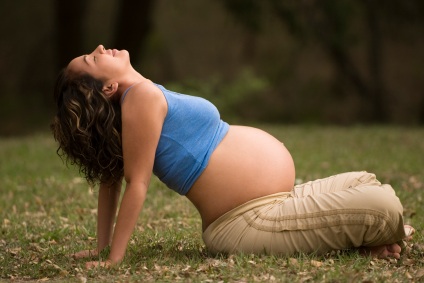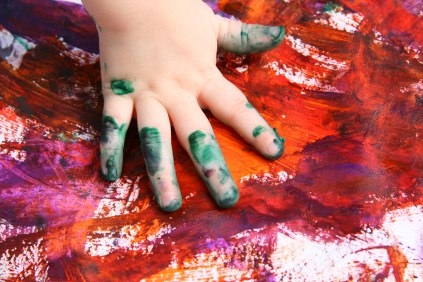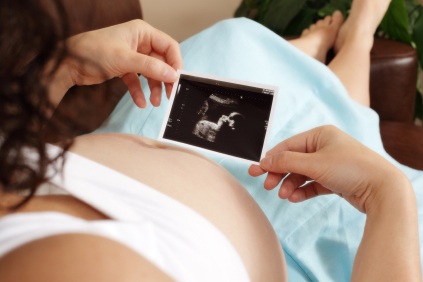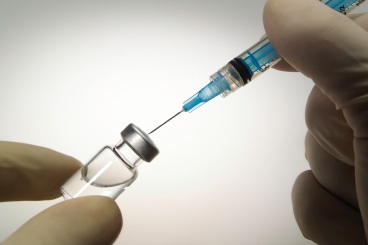
Immunisation – Your Path to a Healthy Life
Many of us would waive an article of immunisation as irrelevant to us — the educated, fairly affluent members of the world community. And yet, our own personal experience has shown that even educated parents often ignore new vaccines, unaware how critical they can be to their child’s health. In today’s age, when we see a child suffering from polio, it really makes us sick to the core. Thanks to sustained efforts by governments across the world, in 1997 only 3,234 cases of polio were reported worldwide. We hope to see the day when it will be wiped out from the face of this planet.
Children in the first few years of their lives are particularly vulnerable, as their immune system is not fully developed. Immunisation aids in boosting his immune system and provides effective protection to him and the community against various diseases.
Benefits of Immunisation
- Protects your child against disease or infection.
- Prevents outbreaks of diseases such as cholera, especially during natural disasters like floods.
- Helps in eradication of diseases, for example, smallpox.
In India, immunisation is a state-sponsored programme which follows the National Immunisation Schedule.
In addition to the regular vaccines, the Indian Academy of Paediatrics has now recommended that the Hepatitis B vaccine be given at birth and MMR at nine to 12 months of age.
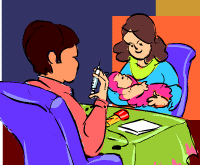
Immunisation – Your Path to a Healthy Life [Illustration by Shiju George]
It is a biannual project started by the Health Ministry under which children below five years of age are given two oral poliovirus doses at an interval of four to six weeks in a geographically defined area. Your child has to take the drops even if she/he has gone through the routine immunisation schedule.
Immunisation can be broadly divided into two categories:
- Routine immunisation:
This includes the common vaccines such as BCG, DPT and tetanus boosters given to all children.
- Optional immunisation:
This includes vaccines for people in special situations, such as hepatitis B for health care workers, rabies vaccine after a dog-bite, yellow fever vaccine for travel to the African continent and cholera vaccine during an epidemic.
Types of Vaccines
- ‘Live’ vaccine:
It contains living microbes in a harmless form and a single dose is all that’s usually needed. Vaccines like BCG for tuberculosis and MMR for mumps, measles and rubella belong to this category.
- ‘Killed’ or inactivated vaccine:
It is made from dead microbes or the toxins they produce and has to be given several times for best results. These include vaccines like DPT for diptheria, pertussis and tetanus and the typhoid vaccine.
Points to Remember
- A child who is not immunised is more likely to suffer from frequent illnesses, be malnourished and show poor growth.
- Most vaccines can be given during minor illnesses such as cough, cold and diarrhoea.
- A vaccine which has triggered off a severe reaction (like convulsions after a dose of pertussis vaccine) has to be discontinued.
- Do not worry too much in case of a missed or delayed dose, give the remaining doses on time.
- Breast feeding your child in the first year of life builds up her immune system and helps in the prevention of common illnesses.
- Adopt a healthy lifestyle for you and your child – keep your environment clean, eat a well-balanced diet and exercise regularly.






